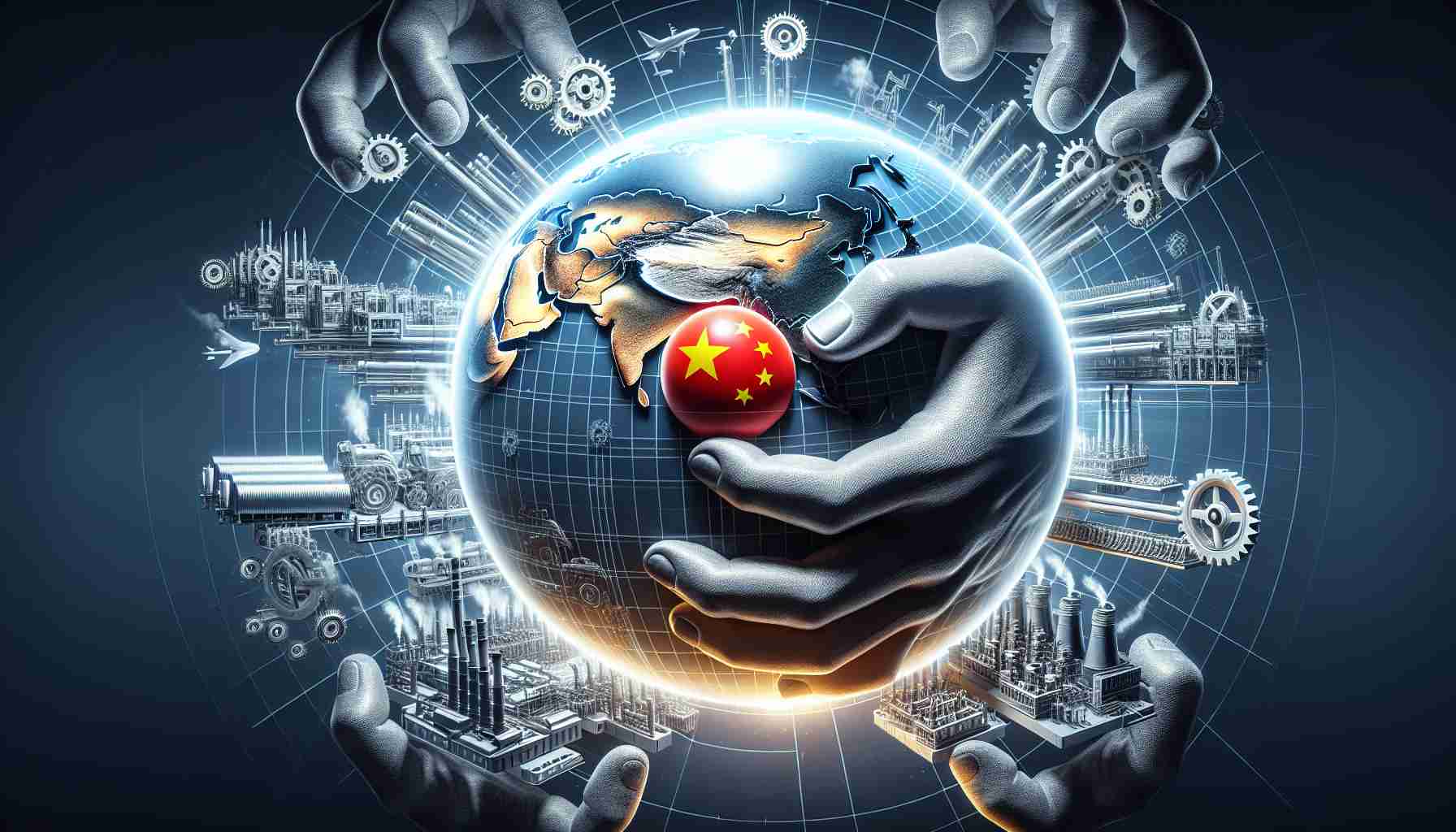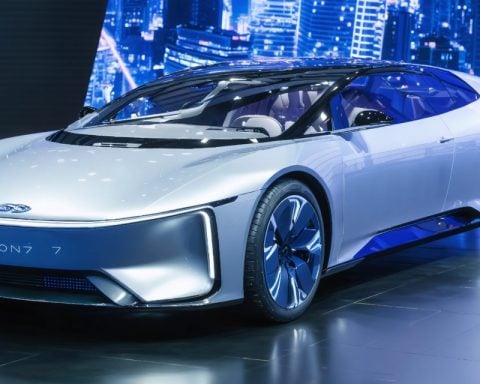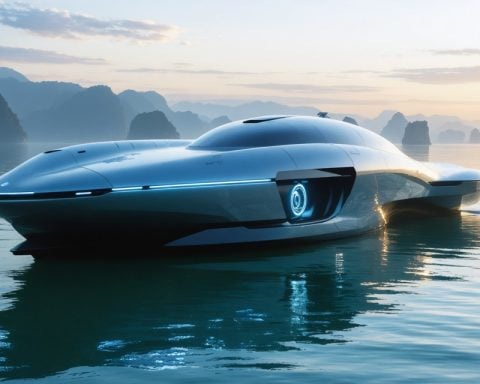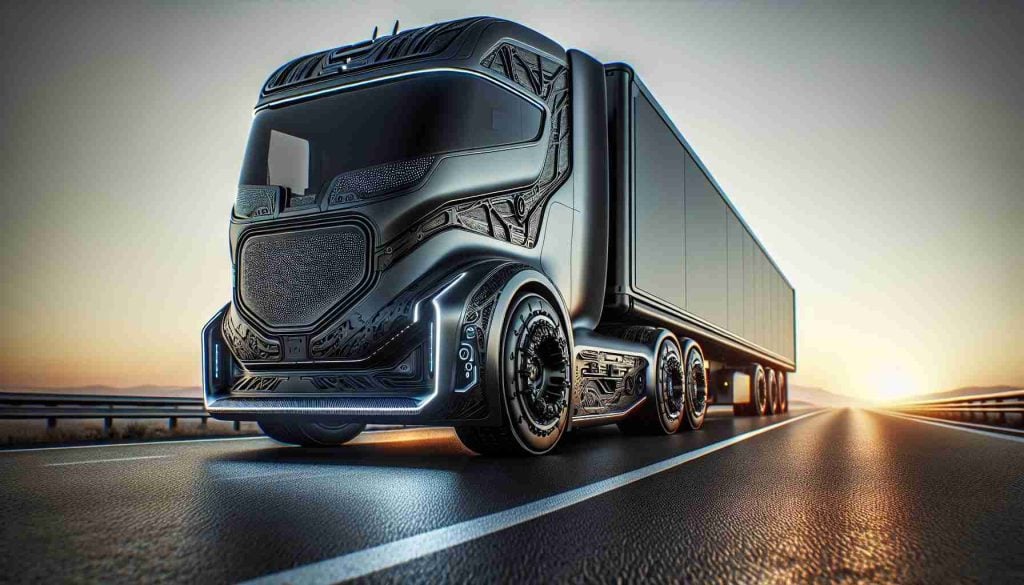- China’s dominance in global manufacturing poses significant risks to industrial nations.
- 80% of solar equipment and battery manufacturing is controlled by Chinese companies.
- China processes 70% of the world’s rare minerals, critical for clean energy tech.
- The EV market demands six times more minerals than conventional vehicles.
- 75% of lithium-ion batteries are sourced from China, highlighting supply chain vulnerabilities.
- Strategic partnerships and diversification are essential for economic security.
- A proactive approach is needed to reduce dependency and promote sustainable energy solutions.
- Immediate action is required to reassess reliance on Chinese manufacturing.
In a rapidly evolving economic landscape, China is tightening its grip on global manufacturing, and the stakes have never been higher. The latest Economic Survey sounds a warning bell, unveiling how China’s overwhelming influence in critical sectors like electric vehicles (EVs), green energy, and essential minerals could spell trouble for industrial powerhouses such as Germany and Japan.
With Chinese companies controlling an astounding 80% of global solar equipment production and battery manufacturing, the looming dependence on this giant has raised alarms. They dominate 70% of rare mineral processing, a reality that paints a troubling picture for countries wanting to lead in clean energy initiatives.
The report highlights the urgency for change—especially in light of the rising demand for EVs, which require six times more minerals than traditional vehicles. Currently, about 75% of lithium-ion batteries are sourced from China, signaling a critical need for diversification in supply chains. With two-thirds of rare minerals mined in China, India and other nations face increasing risks of economic disruption.
To combat this dependency, the survey advocates for strategic partnerships with other nations, a robust diversification of supply chains, and enhanced investments in public transport systems. This multi-faceted approach aims not only to bolster economic security but also to lay the groundwork for a sustainable energy future.
The takeaway? It’s time for a bold reassessment of our reliance on Chinese manufacturing, prioritizing local resilience and international collaboration to secure a stable economic future. The clock is ticking—will we act?
China’s Manufacturing Dominance: What You Need to Know for a Sustainable Future
In light of recent global economic dynamics, the rising dominance of China’s manufacturing capabilities raises pivotal concerns and opportunities. The recent Economic Survey highlights China’s overwhelming control over various critical sectors, emphasizing the urgent need for diversification and strategic partnerships.
Key Insights and Innovations
1. Market Forecasts: Industry experts predict that as the demand for EVs continues to climb, global reliance on Chinese mineral processing will intensify unless alternatives are developed. According to projections, the global EV market is expected to grow at a compound annual growth rate (CAGR) of approximately 22% from 2023 to 2030.
2. Sustainability Aspects: The push towards greener energy solutions has led to a more concentrated dependence on Chinese production of solar panels and battery components. This dependence raises questions about the sustainability of supply chains and the environmental impacts of increased mining activities in China.
3. Use Cases and Limitations: Countries reliant on Chinese manufacturing face limitations in achieving energy independence. The disparity in mineral reserves and processing capabilities means that alternative sources must be rapidly developed to support clean energy initiatives globally.
Frequently Asked Questions
1. Why is China’s dominance in manufacturing a concern for other countries?
China’s control over critical resources and technologies creates geopolitical vulnerabilities. Nations dependent on Chinese manufacturing face risks related to supply chain disruptions, price fluctuations, and potential trade conflicts. This concern extends particularly into sectors deemed essential for future growth, such as renewable energy, where reliance on Chinese imports could stifle innovation and local industry development.
2. How can countries diversify their supply chains away from China?
To alleviate dependence, nations can explore four main strategies:
– Establish strategic partnerships with alternative mineral-producing countries, such as Australia, Canada, and Brazil.
– Invest in domestic mining and refining capabilities to strengthen local supply chains.
– Encourage research and development in alternative materials to reduce reliance on rare minerals.
– Enhance recycling programs for EV batteries and solar panels to create a circular economy, thereby minimizing the need for new mineral extraction.
3. What role do policy and investment play in achieving energy independence?
Robust policy frameworks and increased investments are essential for fostering energy independence. Government incentives for researching and developing new technologies, subsidies for local industry, and regulations that promote sustainability can create a fertile ground for innovation. Additionally, investing in public transport and alternative energy infrastructure can significantly lessen the reliance on imported goods.
Closing Thoughts
The situation calls for an immediate, multi-faceted response to reevaluate our dependence on Chinese manufacturing. Building local resilience and fostering international collaboration will be crucial to navigate the challenges presented by this dominant economic player. Only through these efforts can countries secure a stable and sustainable economic future.
For more information on global manufacturing trends, visit The Economist.













